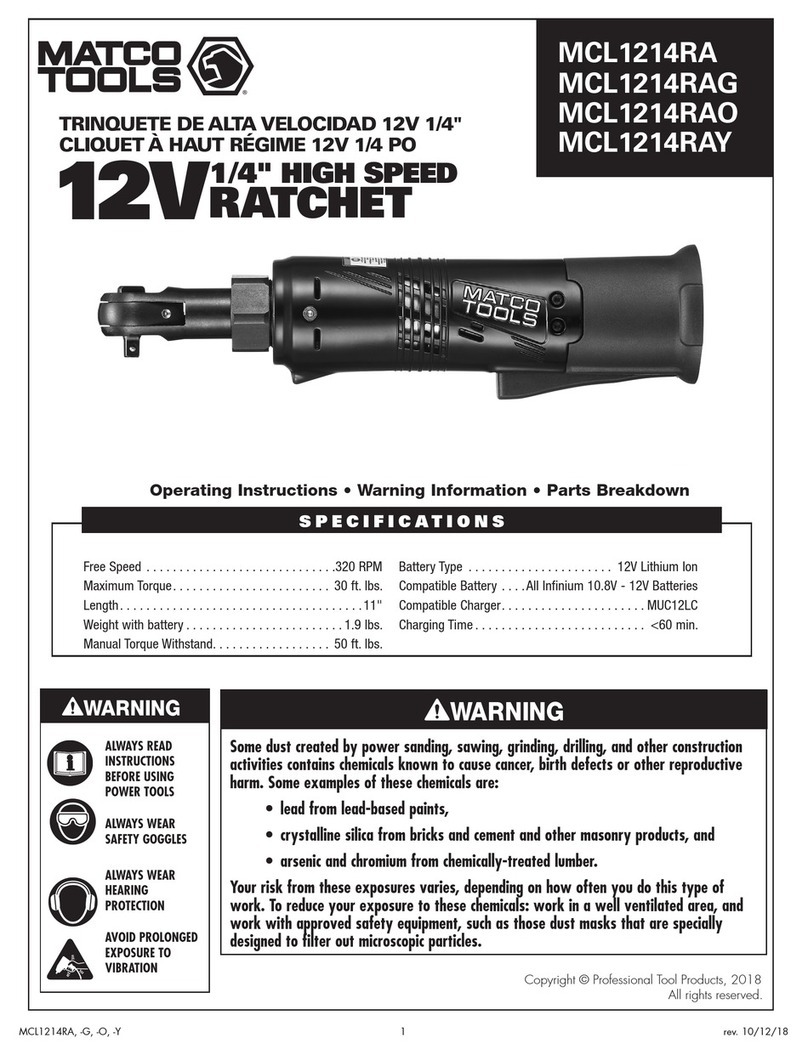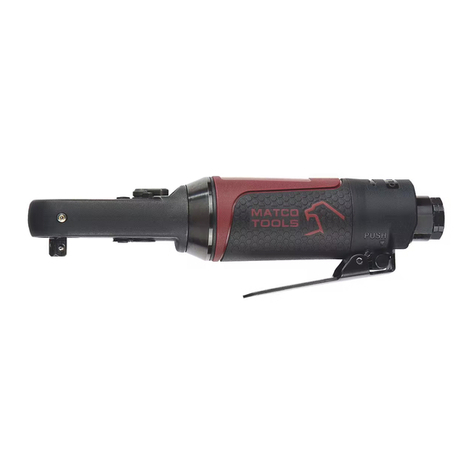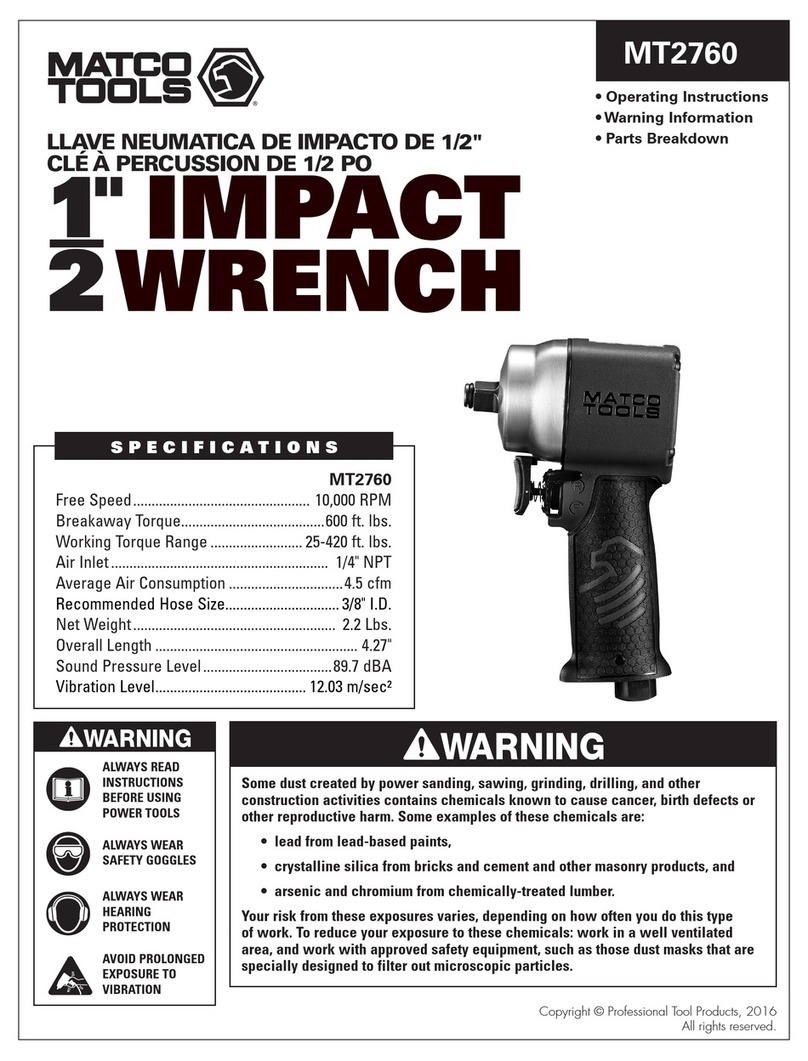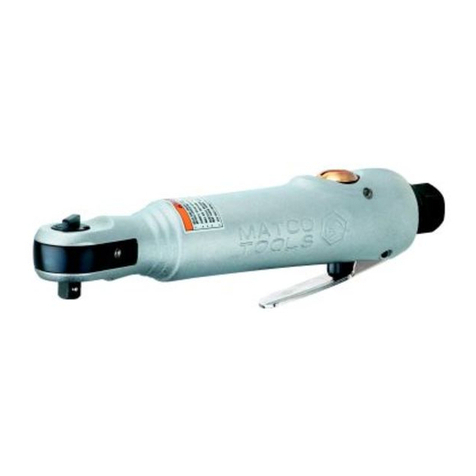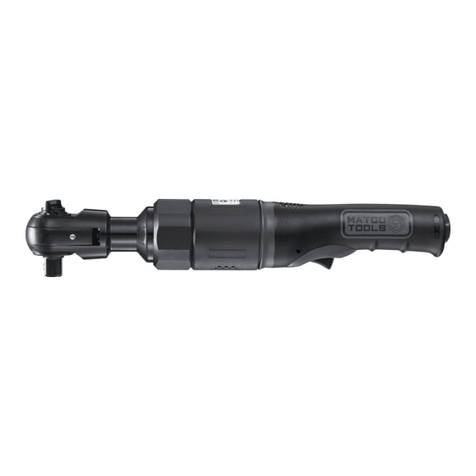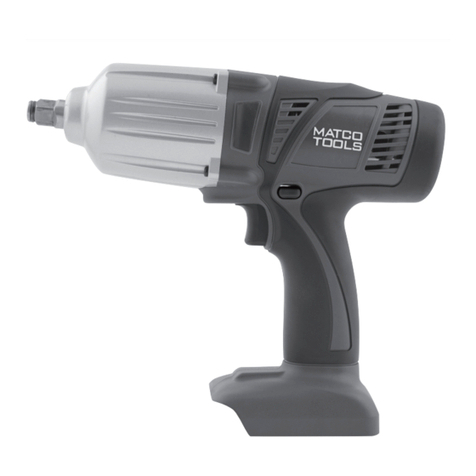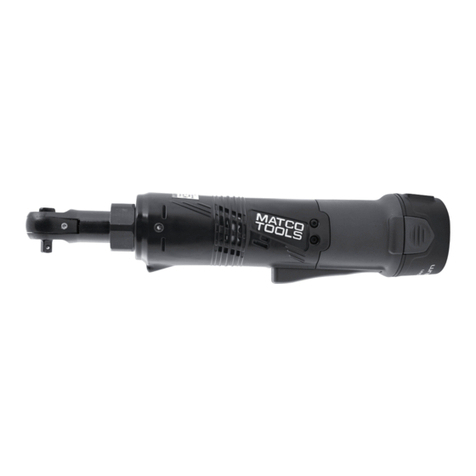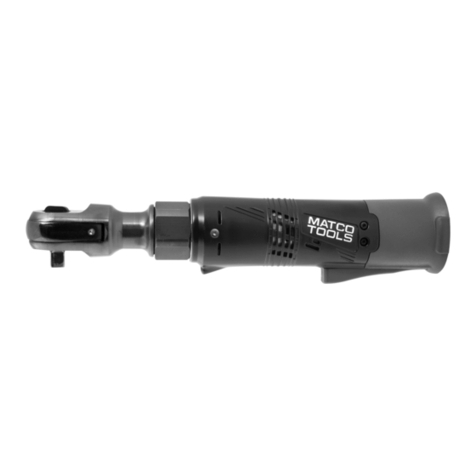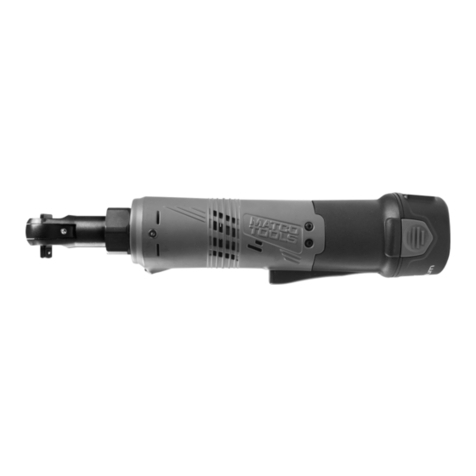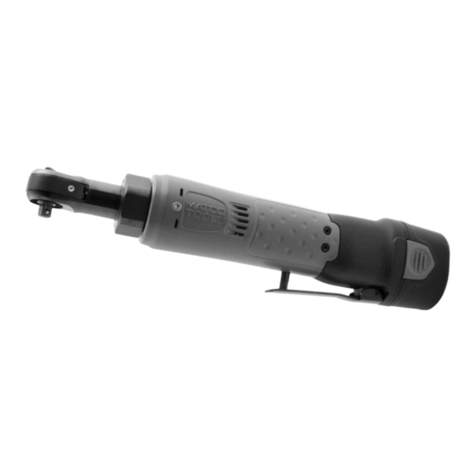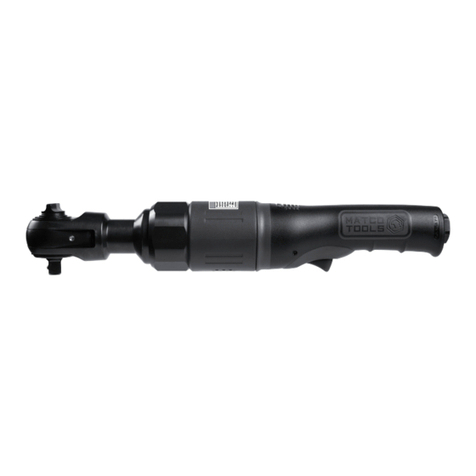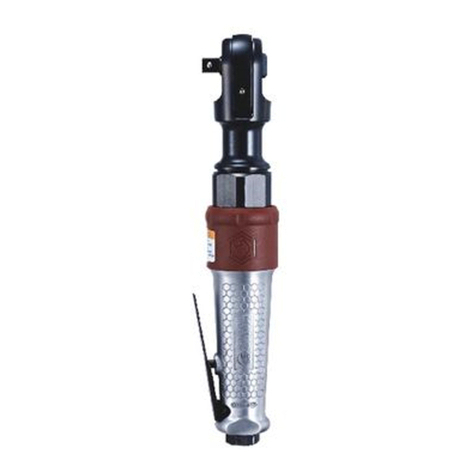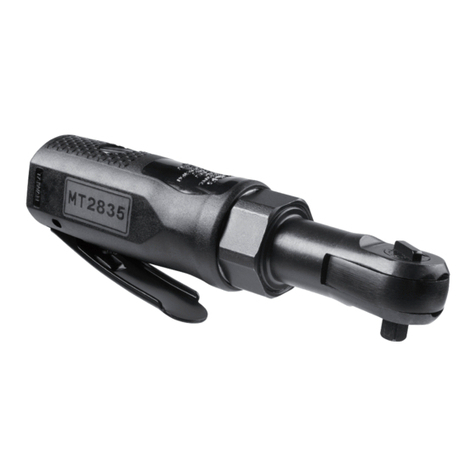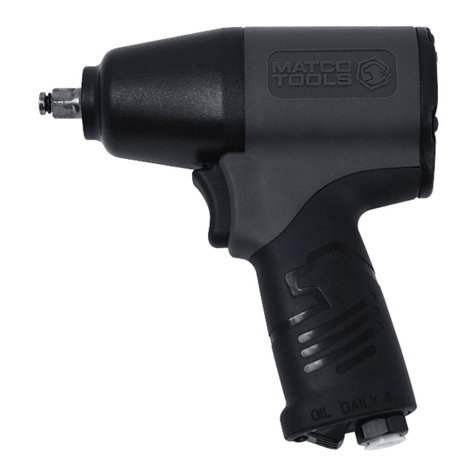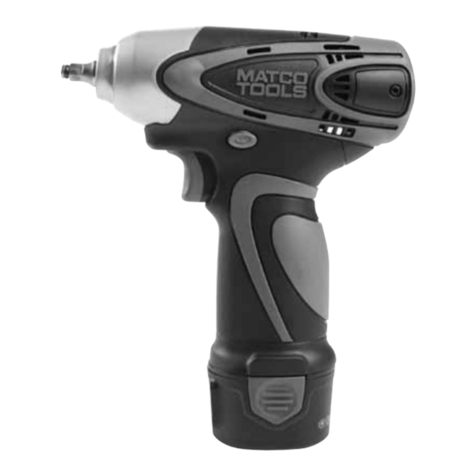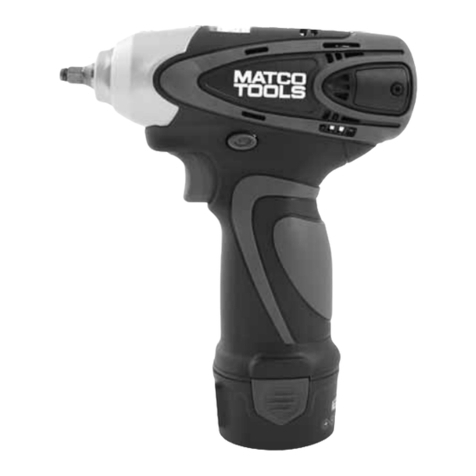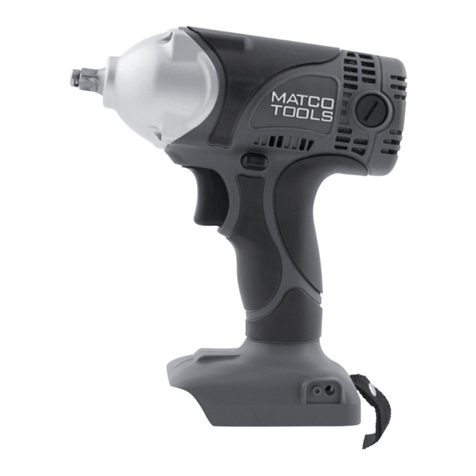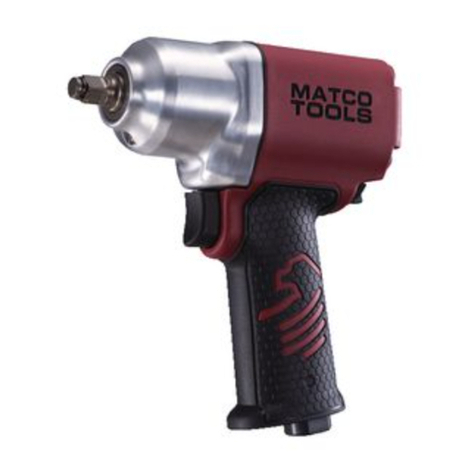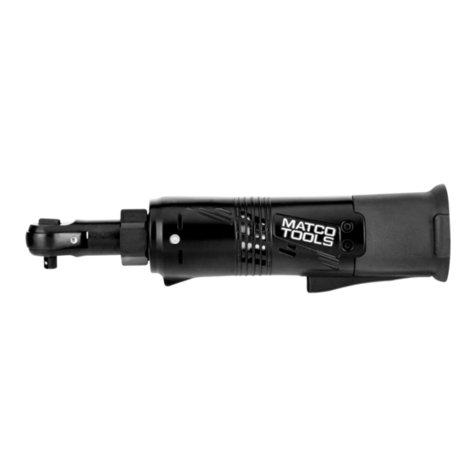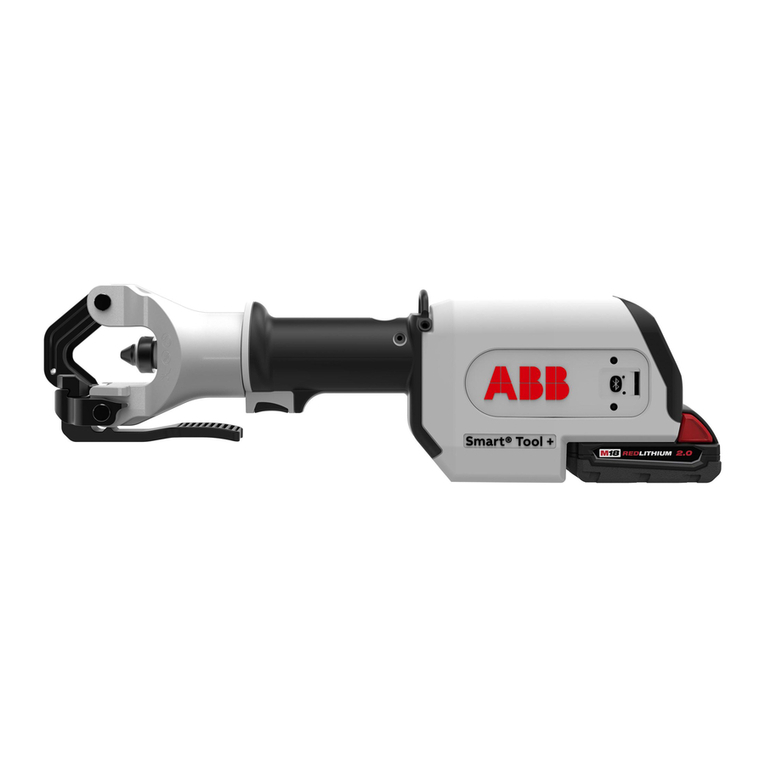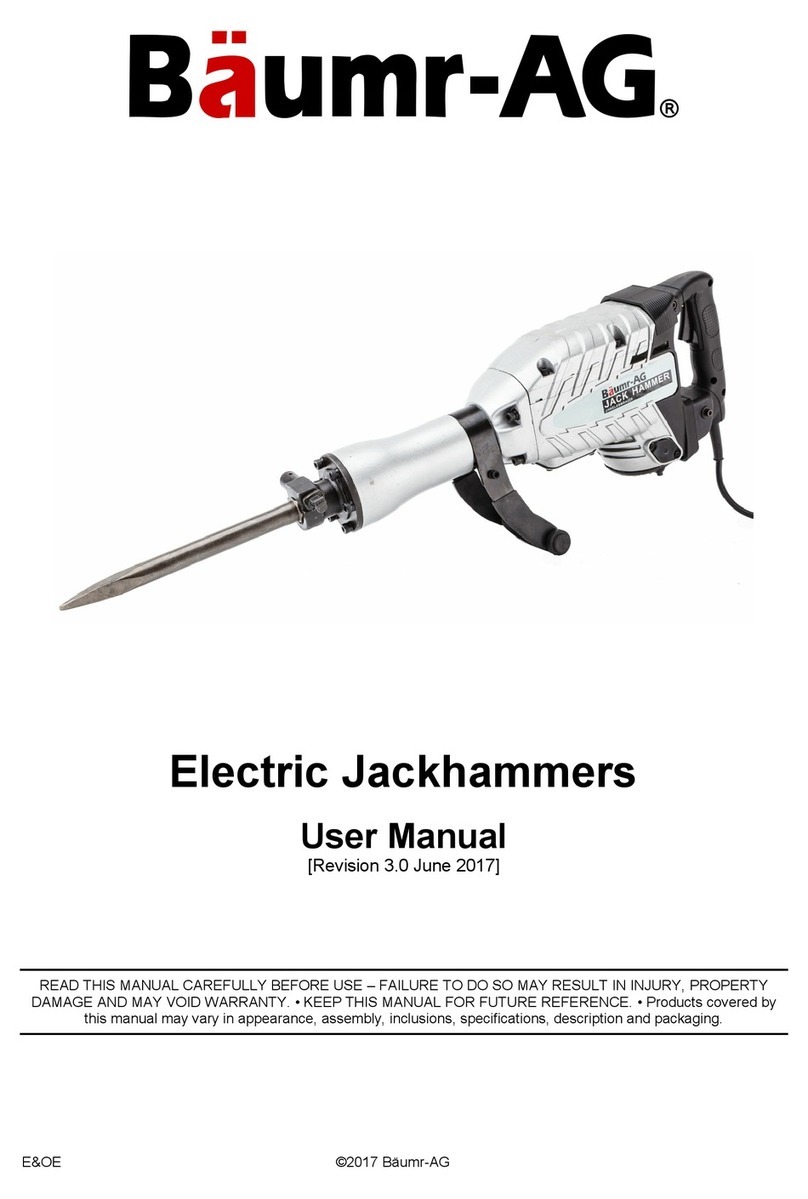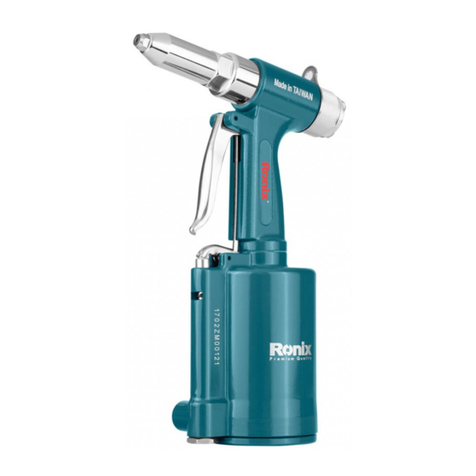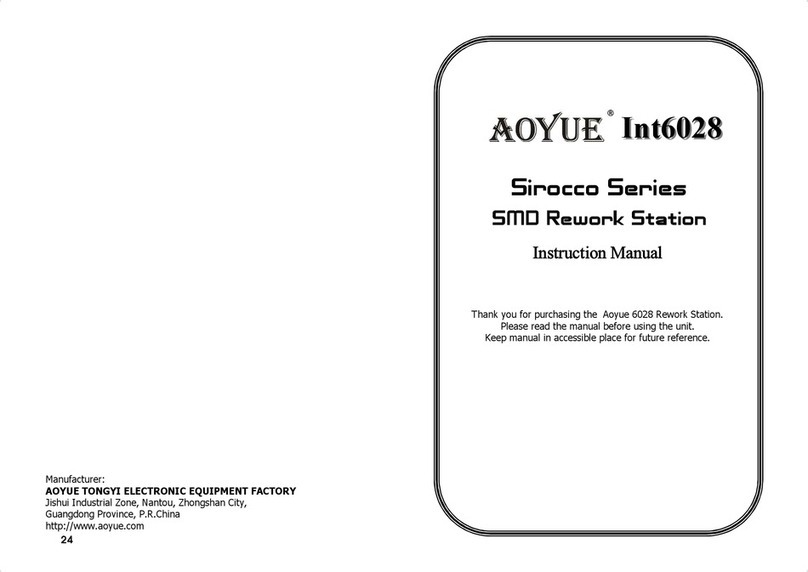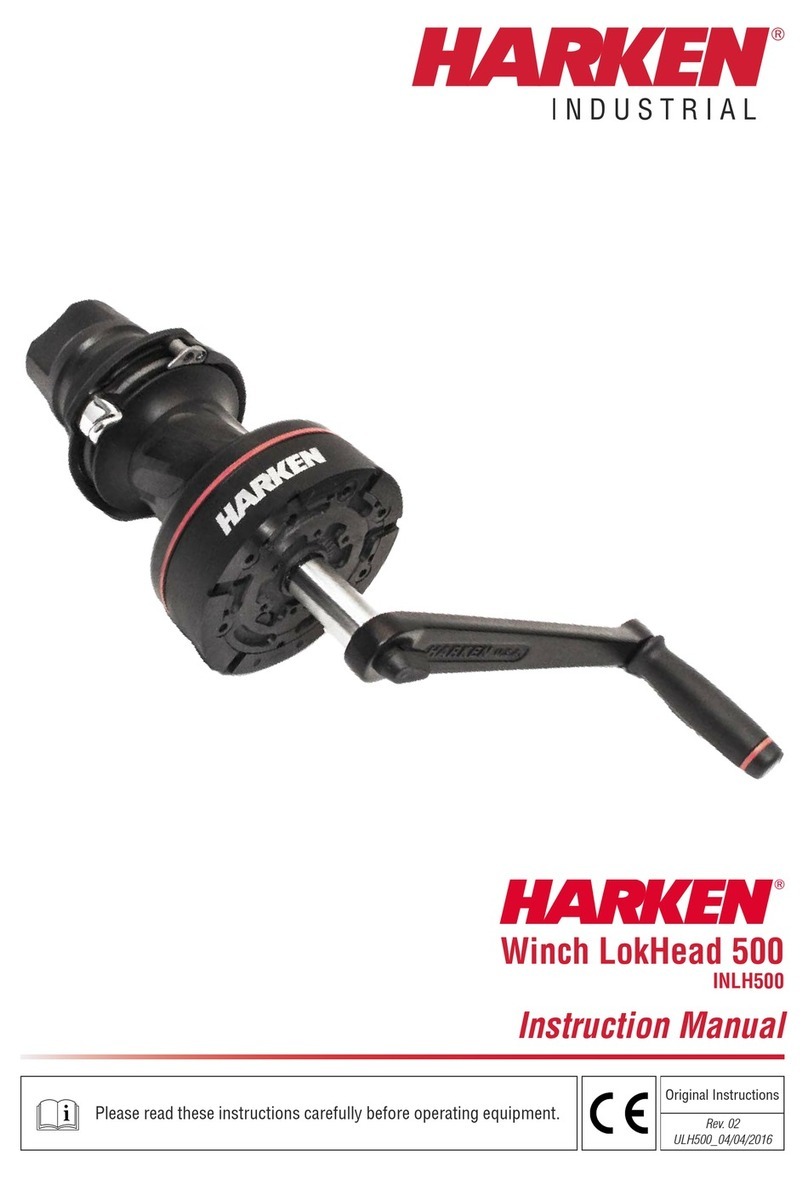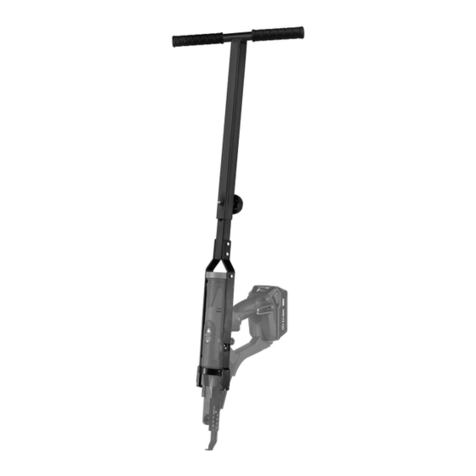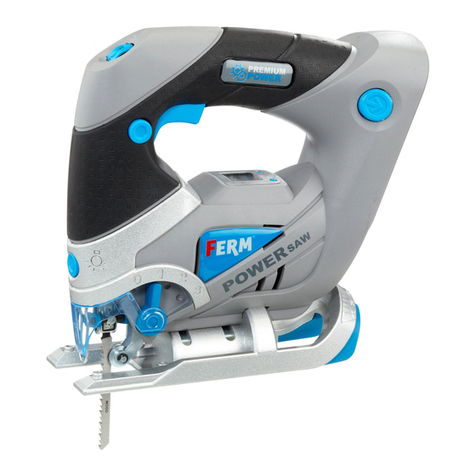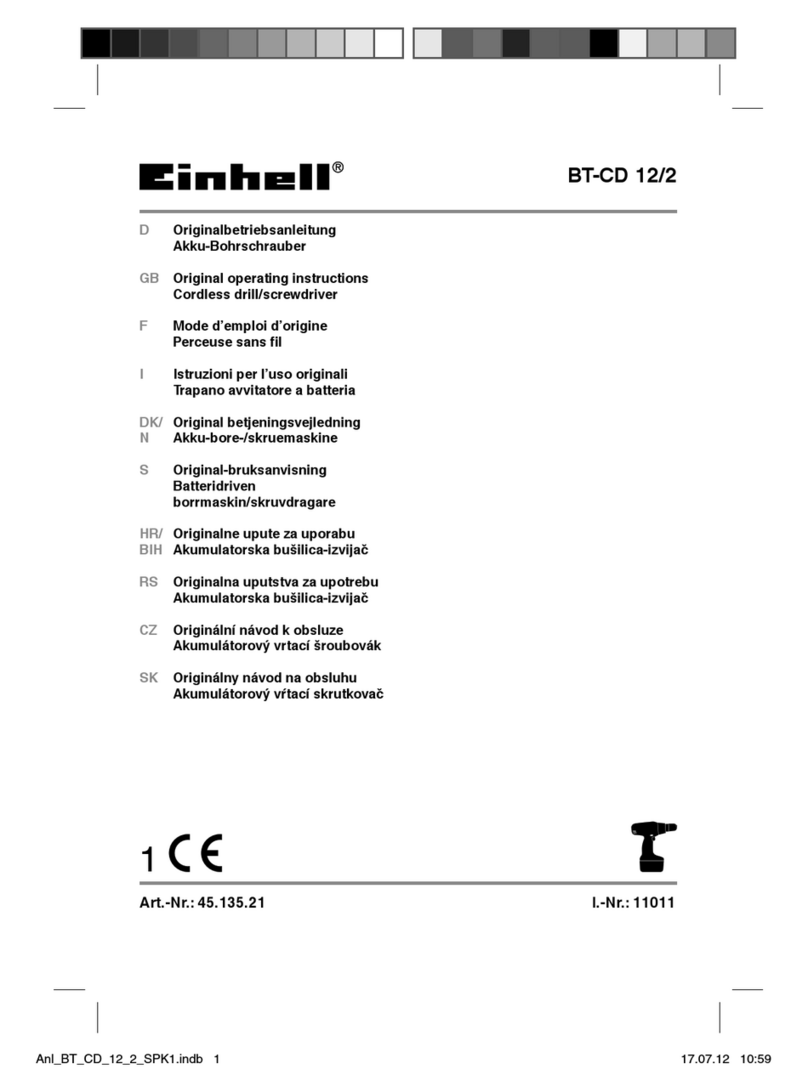HG300 3 rev. 04/23/04
IMPORTANT SAFETY INSTRUCTIONS
READ THESE INSTRUCTIONS!
Paint Stripping
WARNING: Extreme care should be taken when stripping
paint. The peelings, residue and vapors of paint may contain
lead, which is poisonous. Any pre–1977 paint may contain
lead and paint applied to homes prior to 1950 is likely to
contain lead. Once deposited on surfaces, hand to mouth
contact can result in ingestion of lead. Exposure to even
low levels of lead can cause irreversible brain and nervous
system damage; young and unborn children are
particularly vulnerable.
Before beginning any paint removal process you should
determine whether the paint you are removing contains lead.
This can be done by your local health department or by a
professional who uses a paint analyzer to check the lead
content of the paint to be removed. LEAD-BASED PAINT
SHOULD BE REMOVED BY A PROFESSIONAL AND
SHOULD NOT BE REMOVED USING A HEAT GUN.
Persons removing paint should follow these guidelines.
1. Move the work piece outdoors. If this is not possible, keep
the work area well ventilated. Open the windows and
put an exhaust fan in one of them. Be sure the fan is
moving the air from inside to outside.
2. Remove or cover any carpets, rugs, furniture, clothing,
cooking utensils and air ducts.
3. Place drop cloths in the work area to catch any paint
chips or peelings. Wear protective clothing such as extra
work shirts, overalls and hats.
4. Work in one room at a time. Furnishings should be
removed or placed in the center of the room and covered.
Work areas should be sealed off from the rest of the
dwelling by sealing doorways with drop cloths.
5. Children, pregnant or potentially pregnant women and
nursing mothers should not be present in the work area
until the work is done and all clean up is complete.
6. Wear a dust respirator mask or a dual filter (dust and fume)
respirator mask which has been approved by the
Occupational Safety and Health Administration (OSHA),
the National Institute of Safety and Health (NIOSH), or
the United States Bureau of Mines. These masks and
replaceable filters are readily available at major hardware
stores. Be sure the mask fits properly. Beards and facial
hair may keep masks from sealing properly. Change filters
often. DISPOSABLE PAPER MASKS ARE NOT ADEQUATE.
7. Use caution when operating the heat gun. Keep the heat
gun moving as excessive heat will generate fumes which
can be inhaled by the operator.
8. Keep food and drink out of the work area. Wash hands,
arms and face and rinse mouth before eating or drinking.
Do not smoke or chew gum or tobacco in the work area.
9. Clean up all removed paint and dust by wet mopping the
floors. Use a wet cloth to clean all walls, sills and any
other surface where paint or dust is clinging. DO NOT
SWEEP, DRY DUST OR VACUUM. Use a high phosphate
detergent or trisodium phosphate (TSP) to wash and
mop areas.
10. At the end of each work session put the paint chips and
debris in a double plastic bag, close it with tape or twist
ties and dispose of properly.
11. Remove protective clothing and work shoes in the work
area to avoid carrying dust into the rest of the dwelling.
Wash work clothes separately. Wipe shoes off with a
wet rag that is then washed with the work clothes. Wash
hair and body thoroughly with soap and water.
SAVE THESE INSTRUCTIONS
WARRANTY
Matco warrants this tool against defects in materials or
workmanship for a period of 1 year from original purchase.
We will replace any unit which proves to be defective in
material or workmanship during the warranty period. This
warranty does not apply to normal wear and tear, nor does
it cover damage to equipment or tools arising from alteration,
abuse, misuse, damage and does not cover any replacement
made by anyone other than Matco or its authorized
service centers.
This warranty gives you specific rights. You may also have
other rights which vary from state to state.
The foregoing obligation is Matco’s sole liability under this or
any implied warranty and under no circumstances shall Matco
be liable for any incidental or consequential damages.
Note: Some states do not allow the exclusion or limitation of
incidental or consequential damages so the above limitation or
exclusion may not apply to you.
